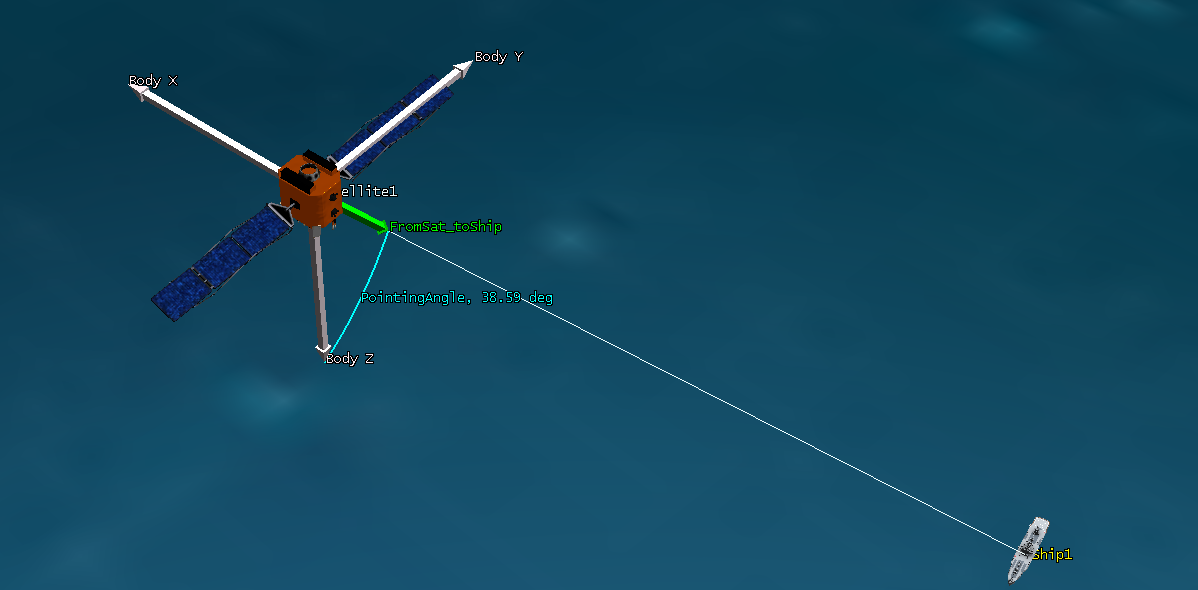Modeling Satellite Overflight Vulnerability
- Jan 2, 2017
- Article
-
 Analysis Workbench
Analysis Workbench
A constant challenge for naval platforms is to transit safely through an area without being detected by potential targets. STK has long been used by customers to plan ship routes, evaluate the GPS navigational accuracy or RF link performance and availability along the route, or even calculate the satellite overflight vulnerability times and locations based on sensor footprint data. But what if we take a step back and simplify the problem further and focus on some of the core capabilities of STK, like Access and the geometric relationship between objects?


This tutorial contains a notional example of a satellite overflight vulnerability for a naval transit. In this you will learn to create custom targeted vectors, pointing angles, scalar calculations, conditions, and interval lists using the Analysis Workbench, while incorporating the power of the Timeline View to display the results. You will also learn to create a condition for the gimbal limit of the satellite, representing a notional sensor or camera capability onboard. Then through the Timeline View, visualize multiple time components to help them understand when their asset will be vulnerable to satellite tracking opportunities.
Try out this tutorial as a proven powerful training aid for folks that support maritime operations.

